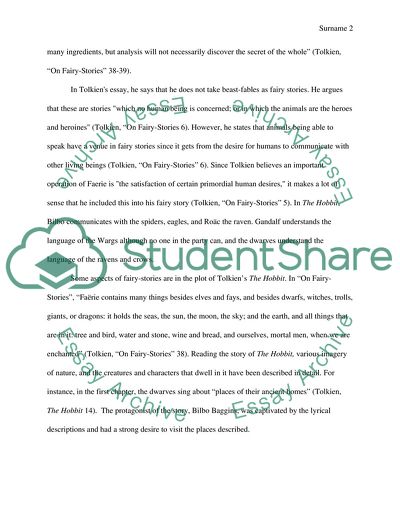Cite this document
(“Tolkien's On Fairy Stories and the Hobbit Essay”, n.d.)
Retrieved from https://studentshare.org/english/1633444-tolkiens-on-fairy-stories-and-the-hobbit
Retrieved from https://studentshare.org/english/1633444-tolkiens-on-fairy-stories-and-the-hobbit
(Tolkien'S On Fairy Stories and the Hobbit Essay)
https://studentshare.org/english/1633444-tolkiens-on-fairy-stories-and-the-hobbit.
https://studentshare.org/english/1633444-tolkiens-on-fairy-stories-and-the-hobbit.
“Tolkien'S On Fairy Stories and the Hobbit Essay”, n.d. https://studentshare.org/english/1633444-tolkiens-on-fairy-stories-and-the-hobbit.


